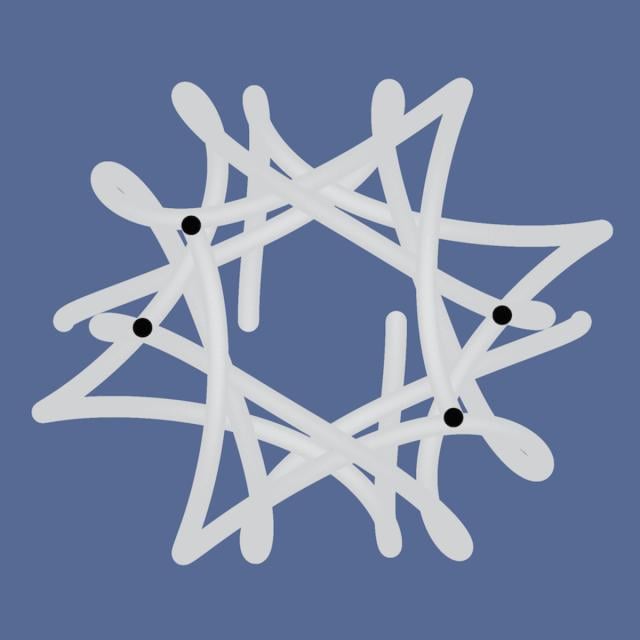MOOC List is learner-supported. When you buy through links on our site, we may earn an affiliate commission.

MOOC List is learner-supported. When you buy through links on our site, we may earn an affiliate commission.
This course covers the first half of our book Computer Science: An Interdisciplinary Approach (the second half is covered in our Coursera course Computer Science: Algorithms, Theory, and Machines). Our intent is to teach programming to those who need or want to learn it, in a scientific context.
We begin by introducing basic programming elements such as variables, conditionals, loops, arrays, and I/O. Next, we turn to functions, introducing key concepts such as recursion, modular programming, and code reuse. Then, we present a modern introduction to object-oriented programming.
We use the Java programming language and teach basic skills for computational problem solving that are applicable in many modern computing environments. Proficiency in Java is a goal, but we focus on fundamental concepts in programming, not Java per se.
All the features of this course are available for free. It does not offer a certificate upon completion.
Syllabus
WEEK 1
Basic programming concepts
Why program? This lecture addresses that basic question. Then it describes the anatomy of your first program and the process of developing a program in Java using either virtual terminals or a program development environment, with some historical context. Most of the lecture is devoted to a thorough coverage of Java's built-in data types, with example programs for each.
WEEK 2
Conditionals and loops
The if, while, and for statements are Java's fundamental control structures. This lecture is built around short programs that use these constructs to address important computational tasks. Examples include sorting, computing the square root, factoring, and simulating a random process. The lecture concludes with a detailed example illustrating the process of debugging a program.
WEEK 3
Arrays
Computing with a large sequence of values of the same type is extremely common. This lecture describes Java's built-in array data structure that supports such applications, with several examples, including shuffling a deck of cards, the coupon collector test for randomness, and random walks in a grid.
WEEK 4
Input and output
To interact with our programs, we need mechanisms for taking information from the outside world and for presenting information to the outside world. This lecture describes several such mechanisms: for text, drawings, and animation. Detailed examples covered include fractal drawings that model natural phenomena and an animation of a ball bouncing around in the display window.
WEEK 5
Functions and libraries
Modular programming is the art and science of breaking a program into pieces that can be individually developed. This lecture introduces functions (Java methods), a fundamental mechanism that enables modular programming. Motivating examples include functions for the classic Gaussian distribution and an application that creates digital music.
WEEK 6
Recursion
A recursive function is one that calls itself. This lecture introduces the concept by treating in detail the ruler function and (related) classic examples, including the Towers of Hanoi puzzle, the H-tree, and simple models of the real world based on recursion. We show a common pitfall in the use of recursion, and a simple way to avoid it, which introduces a different (related) programming paradigm known as dynamic programming.
WEEK 7
Performance
When you develop a program, you need to be aware of its resource requirements. In this lecture, we describe a scientific approach to understanding performance, where we develop mathematical models describing the running time our programs and then run empirical tests to validate them. Eventually we come to a simple and effective approach that you can use to predict the running time of your own programs that involve significant amounts of computation.
WEEK 8
Abstract data types
In Java, you can create your own data types and use them in your programs. In this and the next lecture, we show how this ability allows us to view our programs as abstract representations of real-world concepts. First we show the mechanics of writing client programs that use data types. Our examples involve abstractions such as color, images, and genes. This style of programming is known as object-oriented programming because our programs manipulate objects, which hold data type values.
WEEK 9
Creating data types
Creating your own data types is the central activity in modern Java programming. This lecture covers the mechanics (instance variables, constructors, instance methods, and test clients) and then develops several examples, culminating in a program that uses a quintessential mathematical abstraction (complex numbers) to create visual representations of the famous Mandelbrot set.
WEEK 10
Programming languages
We conclude the course with an overview of important issues surrounding programming languages. To convince you that your knowledge of Java will enable you to learn other programming languages, we show implementations of a typical program in C, C++, Python, and Matlab. We describe important differences among these languages and address fundamental issues, such as garbage collection, type checking, object oriented programming, and functional programming with some brief historical context.
MOOC List is learner-supported. When you buy through links on our site, we may earn an affiliate commission.
MOOC List is learner-supported. When you buy through links on our site, we may earn an affiliate commission.
